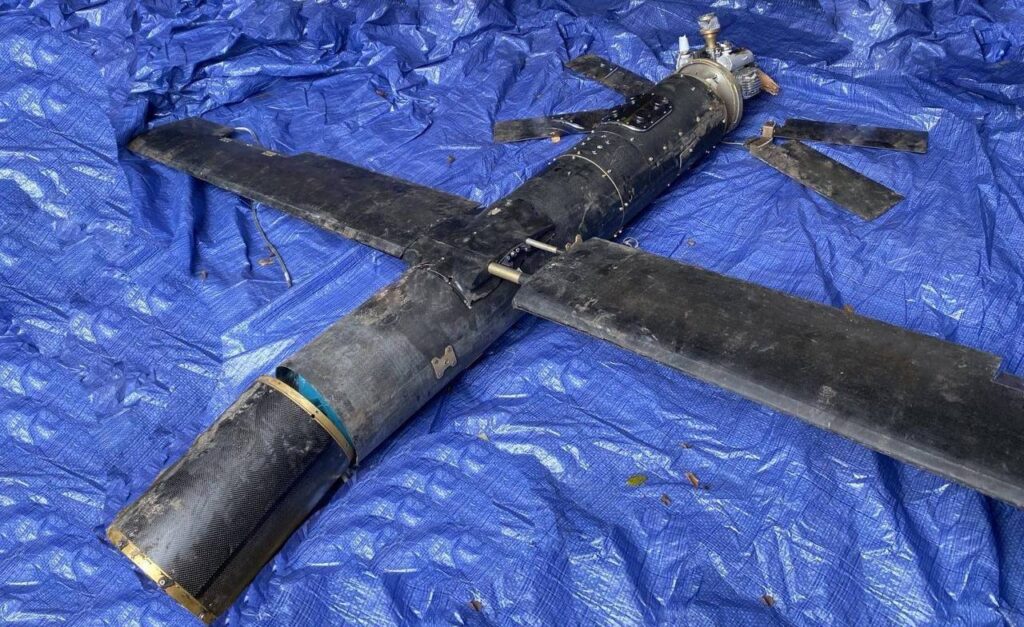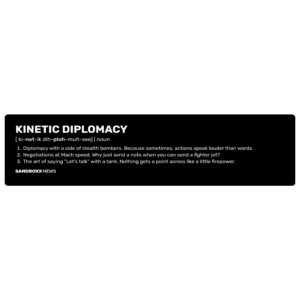As the largest conventional conflict in recent times, the war in Ukraine has brought many military innovations. From reaffirming the value of artillery in modern combat to highlighting the need for main battle tanks, the war is providing lessons to militaries around the world. But perhaps the biggest lesson has to do with unmanned aerial systems.
Both Russia and Ukraine are using drones profusely for a variety of mission sets, including kinetic strikes, intelligence, surveillance, and reconnaissance (ISR), combat first aid, artillery spotting, and psychological warfare – and, more recently, soldier rescue.
The Russian forces are using their numerical superiority in drones to overwhelm the Ukrainian air defenses. Indeed, according to calculations by the Center for Strategic and International Studies (CSIS), in the first 10 months of 2025, the Russian military launched 303% more drones against Ukraine than in 2024.
Over 300 times more drones
Russia’s use of suicide drones has skyrocketed this year. Until October, the Russian forces had launched more than 44,000 suicide drones against Ukraine.
The bulk of the unmanned aerial systems deployed by Russia are Iranian-made Shahed drones and similar Russian variants. Tehran began supplying Moscow with its successful Shahed suicide drones early in the war. Subsequently, Russia started making its own domestic version of the Shahed, naming it “Geran.”
But the Russian forces are not just launching suicide drones against Ukraine. Most often, they pair unmanned aerial system launches with missile launches as a way to saturate the Ukrainian air defenses and allow more munitions to pass through.
In July, for example, the Russian forces launched more than 6,300 ballistic and cruise missiles, and suicide drones against Ukrainian urban centers, battlefield targets, and critical infrastructure targets. And this was just one month. In September, the Russian forces launched approximately 5,500 missiles and suicide drones, and in October, about 5,300.

There are two aims behind this strategy. First, to confuse the Ukrainian air defenses and increase the chances of as many munitions as possible making it to the target. Second, deplete Ukraine’s precious air defense missiles with cheap suicide drones. A Shahed suicide drone or a similar variant costs approximately $35,000; In comparison, an MIM-104 Patriot missile interceptor costs around $4 million apiece. And Ukraine has a limited supply of MIM-104 Patriot, IRIS-T, and NASAMS interceptors.
Moscow’s saturation strategy is having some success. According to the CSIS data, this year, the Ukrainian Air Force has managed to shoot down approximately 64% of the incoming drones, a 4% decrease from last year.
Not only is the Russian military firing vastly more suicide drones against Ukraine, but it is also using more innovative tactics to make interception harder. For instance, Russian drone operators deploy drones in swarms and use overlapping flight paths and staggered launch waves to force Ukrainian air defenses to spread, thus creating gaps in the air defense umbrella.
The war in Ukraine will go on for the foreseeable future. It is very likely that Russia will continue to deploy drones against Ukraine by the tens of thousands.
Feature Image: Debris of a Shahed-107 drone. This type was spotted recently in Ukraine. (OSINTWarfare X)
Read more from Sandboxx News
- How B-2 crews relieve themselves during globe-spanning missions
- HMS Prince of Wales aircraft carrier reaches full operating capability
- The US military looks to bring GPS back up to the global standard
- Green Berets in Korea: A firsthand account of Special Forces life
- America’s crazy flying aircraft carriers could have actually worked










